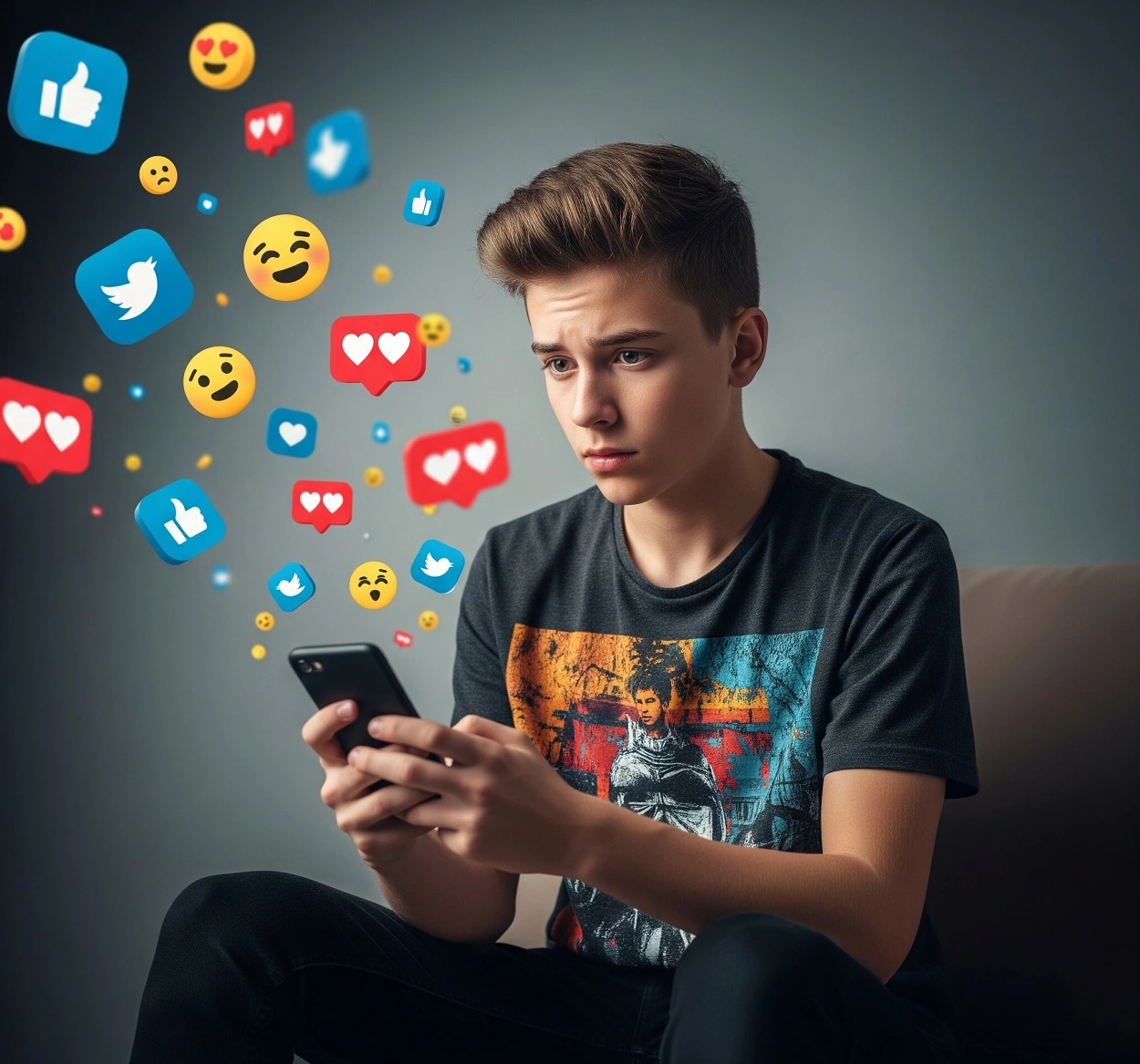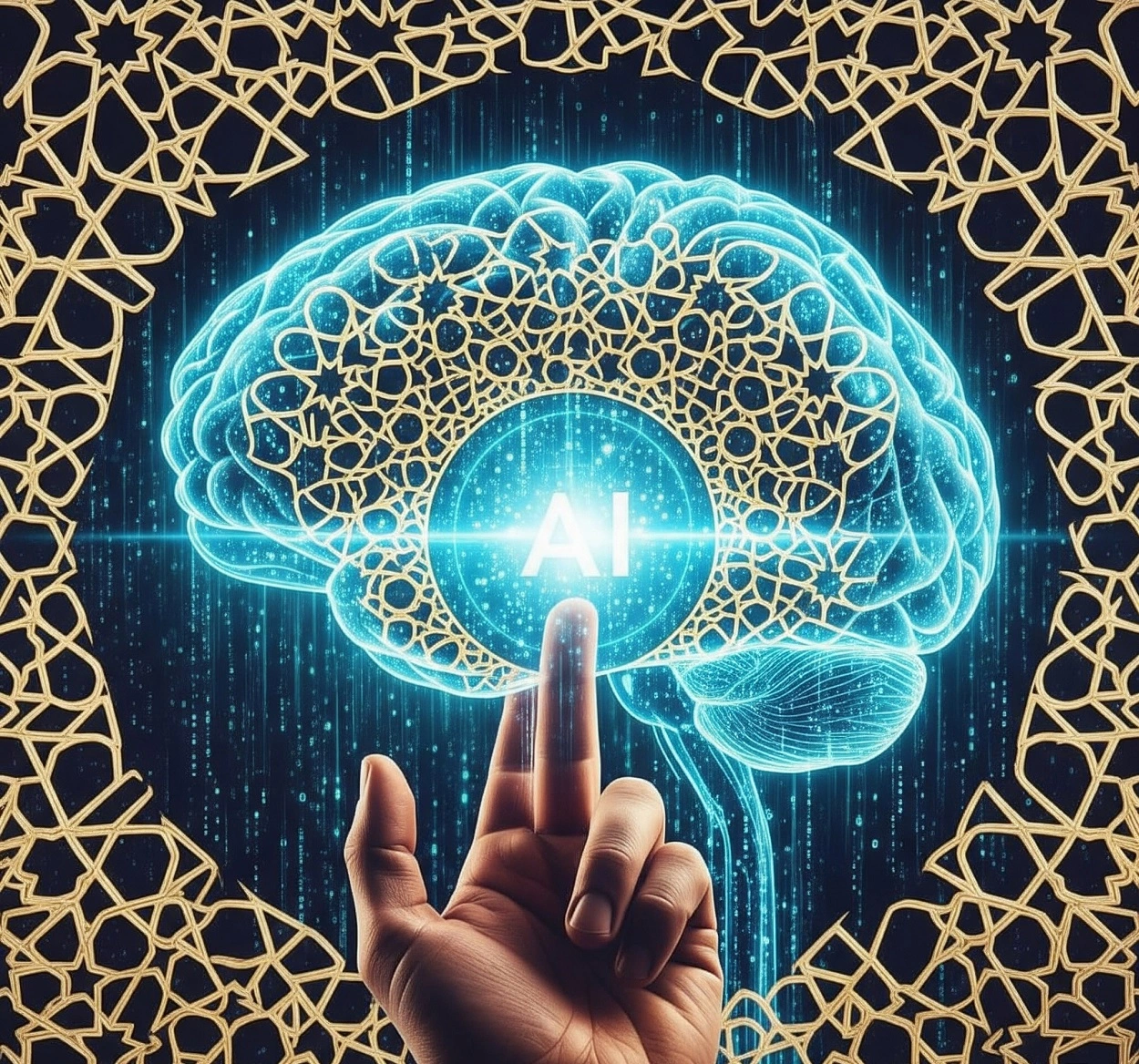Social Media and Teen Mental Health: Exploring Risks and Building Positive Digital Wellbeing
Understand the impact of social media on teen mental health, both positive and negative. Get practical tips for building healthy digital wellbeing, overcoming cyberbullying, FOMO, and unrealistic beauty standards.

In this digital age, social media has become an inseparable part of teenage life. From Instagram to TikTok, these platforms offer a window to the world, a means of connection, and a stage for self-expression. However, behind their allure, growing concerns about social media and teen mental health are emerging. Do these platforms only bring negative impacts, or is there a way to use them positively?
This article will delve deeply into how social media use can affect teen mental health, highlighting both its dark and bright sides. Furthermore, we will provide concrete strategies for building positive digital wellbeing for teenagers, helping teens, parents, and educators navigate this complex digital landscape.
Two Sides of the Social Media Coin: Positive and Negative Impacts on Teens
Social media is like a double-edged sword. It can be a very powerful tool for good, but it also has the potential to cause deep wounds if not used wisely.
Positive Impacts of Social Media on Teens:
- Social Connection and Support: Social media allows teens to connect with friends and family, especially those living far away. It can be a source of emotional support, a sense of belonging, and a place to share interests. For teens with unique interests or identities, social media can be a place to find accepting communities.
- Self-Expression and Creativity: Platforms like TikTok and Instagram provide space for teens to express themselves through art, music, fashion, or humor. This can boost self-confidence and foster creativity.
- Access to Information and Learning: Teens can access news, learn new skills, or follow social movements important to them. Many educational accounts disseminate useful information.
- Advocacy and Empowerment: Teens can use social media to voice issues they care about, organize campaigns, and become agents of positive change in society.
Negative Impacts of Social Media on Teens:
Unfortunately, the negative side often dominates the conversation. Digital psychology research and global surveys consistently show a correlation between excessive social media use and mental health problems.
Cyberbullying and Harassment: This is one of the most serious threats. Global/national survey data shows that the percentage of teenagers experiencing cyberbullying continues to increase. The anonymity offered by social media can embolden perpetrators to harass, spread rumors, or intimidate victims without fear of direct consequences. The impact can be severe, ranging from anxiety, depression, to suicidal ideation.
Fear of Missing Out (FOMO): This phenomenon is common among teenagers. Seeing friends having fun or achieving something without them often triggers feelings of anxiety, envy, and inadequacy. “Perfect” posts on social media can create the illusion that everyone else has a more interesting or happier life, except themselves.
Unrealistic Beauty Standards and Social Comparison: The impact of Instagram on teenagers is particularly felt here. Teens are often exposed to unrealistic body images and perfectly filtered faces. This triggers unhealthy social comparison, leading to body image issues, body dysmorphia, eating disorders, and low self-esteem. Digital psychology research even shows how social media algorithms indirectly affect teenagers’ self-perception by constantly displaying content that encourages comparison.
Sleep Disturbances: Using gadgets before bedtime, exposure to blue light from screens, and anxiety from social media can disrupt teenagers’ sleep patterns, which are essential for their cognitive and emotional development.
Decreased Concentration and Real-Life Social Skills: Endless scrolling can train the brain for short attention spans, reducing long-term concentration ability. Dependence on online interactions can also reduce teenagers’ ability to build and maintain social relationships in the real world.
Building Positive Digital Wellbeing: Concrete Strategies for Teens, Parents, and Educators
While the risks are real, social media doesn’t have to be avoided entirely. The key is wise and conscious use. Here are some healthy social media tips for building digital wellbeing.
For Teens:
- Set Screen Time Limits: Use your phone’s screen time feature or third-party apps to limit social media usage. This is a form of daily “digital detox.” Start with small goals, for example, 30 minutes each day.
- Curate Your Feed: Unfollow accounts that make you feel bad about yourself or trigger FOMO. Follow accounts that inspire, educate, or make you feel positive.
- Prioritize Real-Life Interactions: Make time to meet friends in person, exercise, or pursue hobbies offline. Remember that offline connections are often more meaningful.
- Review Before You Post: Before posting, ask yourself: “Will this be beneficial? Is this honest? Is this safe?” Avoid sharing too much personal information.
- Understand Filters and Reality: Realize that many images on social media have been edited or filtered. What you see is someone else’s highlight reel, not their entire reality.
- Report Cyberbullying: If you or a friend experience cyberbullying, don’t stay silent. Report it to the platform, tell a parent, teacher, or trusted adult. There are many cyberbullying solutions available.
For Parents:
- Be a Role Model: Demonstrate healthy gadget use. If you yourself are constantly glued to your phone, your child will imitate it.
- Open Communication: Encourage teens to discuss their social media experiences without judgment. Listen to their concerns. Ask about what they see, who they follow, and how they feel after using social media.
- Set Clear Rules: Establish agreements together on screen time, gadget-free zones (e.g., bedrooms or dining tables), and content boundaries.
- Use Parental Controls: Utilize parental control features on your devices or internet router to block harmful sites or limit screen time.
- Encourage Offline Activities: Invite teens to participate in family activities, sports, or hobbies that don’t involve screens.
- Watch for Warning Signs: Pay attention to drastic changes in your child’s behavior, such as withdrawal, changes in sleep patterns, declining academic performance, or signs of anxiety/depression. These could indicate problems related to social media.
For Educators:
- Integrate Digital Literacy into the Curriculum: Teach students about online etiquette, digital privacy, cyberbullying, and how to identify misinformation.
- Promote Open Discussion: Create a safe classroom environment where students feel comfortable discussing their social media experiences and their impact on them.
- Provide Resources: Inform students and parents about mental health resources, such as school counselors or external support services.
- Model Healthy Behavior: Teachers and school staff should also demonstrate responsible technology use.
Conclusion: Digital Wellbeing is a Shared Responsibility
Social media and teen mental health is a complex issue that requires a balanced and collaborative approach. Acknowledging the benefits while understanding the risks is the first step. By implementing healthy social media tips and building positive digital wellbeing for teenagers, we can empower the younger generation to navigate the digital world wisely and maintain their digital wellbeing.
This is a shared responsibility: teens need to learn self-regulation, parents need to provide guidance and supervision, and educators need to equip them with digital literacy. Together, we can transform the potential dangers of social media into a tool that empowers, rather than harms.






Comments